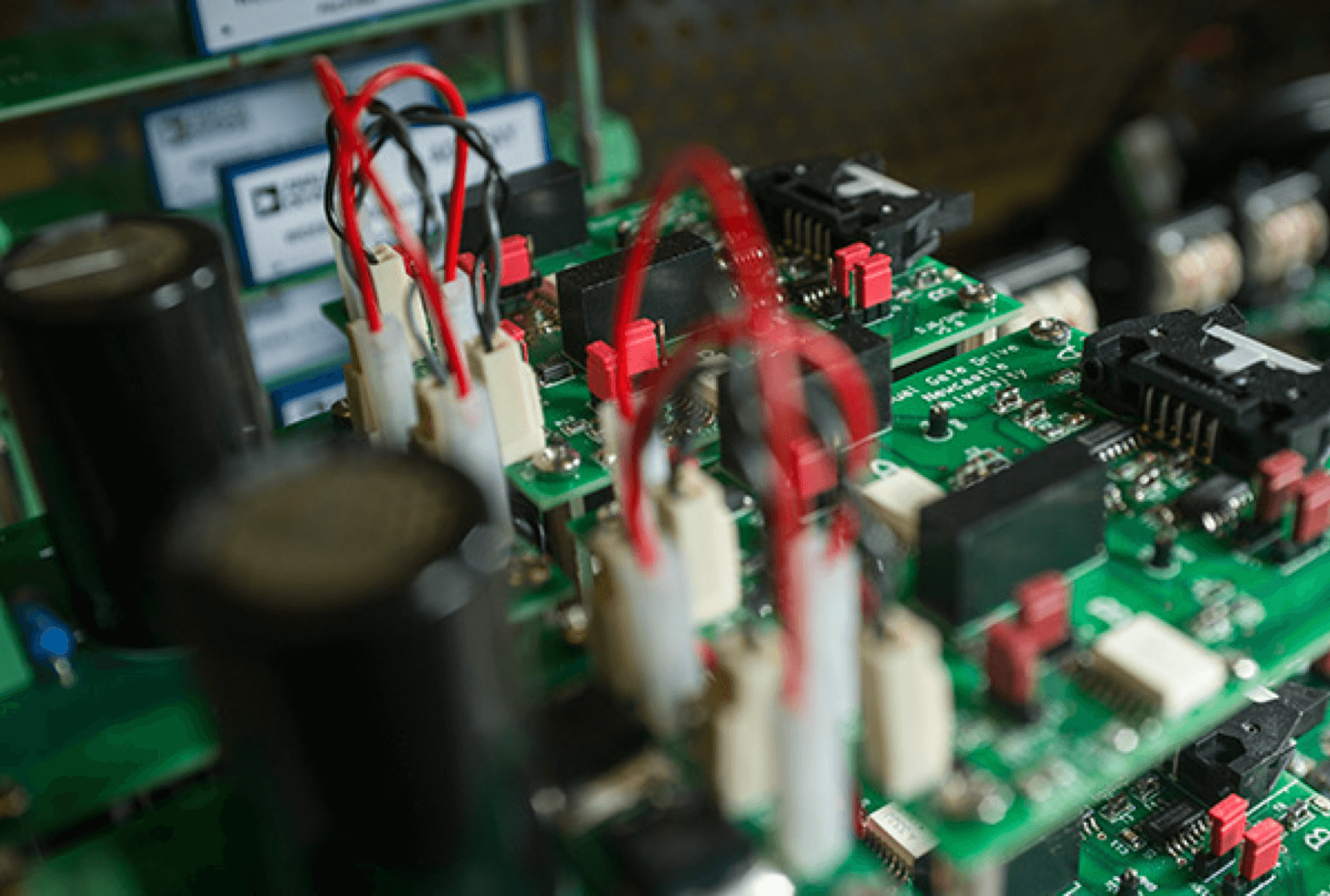EDRIVE-MEC: All Electrical Drive Train for Marine Energy Converters
Developing a reliable, flexible PTO to replace current hydraulic systems.
Project leader
Dates
April 2016 to March 2019
Project staff
Prof Volker Pickert, Mr H Jeffrey, Dr A Kiprakis
Sponsors
Description
Using a power take-off system (PTO), we can convert the energy from waves into electricity. The energy conversion is ideally performed by a system that can convert motion in multiple directions. It should react to large forces or torques. It needs to operate at low velocity, variable voltage and frequency. The system also needs high reliability, availability and efficiency over a wide range of loads. This is a demanding specification. But all the aspects contribute to the Life Time Cost of Energy, which dictates the economic feasibility of devices.
At present, no single PTO technology is able to meet this specification for wave energy.
Hydraulics
The two main options for the PTO used in a wave device are hydraulics and direct drive. Developers have focused on using hydraulics as the PTO, whether it be high pressure oil or water (Pelamis, Aquamarine). In talks with our industrial partners, we learnt that the only reason for using hydraulics was due its availability off the shelf. But everyone expressed concerns about the limitations, including:
- low efficiency at part load
- ability to control over a wide range of frequencies
- displacement leading to potential end-stop problems
Direct drive
The alternative to hydraulics is direct drive. A direct drive does not have a mechanical interface, but the generator has to operate at low velocity and high force.
Lab tests at Durham and Edinburgh have been carried out on direct drives. Uppsala in Sweden, Archimedes Wave Swing and Oregon State University have carried out sea trials. All these tests and trials have used a permanent magnet synchronous machine. The generator has been of a linear planar or tubular topology. Energy can only be generated from motion in one direction, principally heave. But devices surge and pitch as well as heave.
Linear generators constrain the functionality of direct drive power take-off systems. This is because energy cannot be converted from more than one motion.
Speed enhancing techniques
Speed enhancing techniques, such as magnetic gearboxes, have not been considered. Sheffield has developed these for rotary machines. The use of springs is also currently unexplored. Springs could be internally produced through control, or external physical springs, such as air springs.
Speed enhancing allows a more optimised machine design. This results in a reduction in physical size and improved efficiency. Previous work in direct drive power take-off has proved the concept will work. But solutions are not fully optimised, designed for reliability, or matched to the characteristics of the wave device.
Developers have proved the concept of connecting direct drive systems to the grid. But they have made use of conventional power converter approaches. There is a reliability issue with power converters in the wind industry. In the tidal sector, developers use an onshore power converter for easy access. The main cause of faults within the power converter is the continuous thermal cycling due to the variable nature of wind and wave. There is thus an opportunity to investigate alternative power converter solutions. These include multi-level systems, where the stress on the power devices is now shared across the devices.
Developing an integrated PTO fit for use
We have formulated the project aims in discussions with our industrial partners. We will develop an integrated electrical power take-off system with non-mechanical speed enhancement. The integrated power electronics will be reliable and flexible. The system will have adaptive control over a range of operating regimes. It will cope with nominal and extreme load conditions. E-DRIVE-MEC will develop novel integrated low speed generators with speed enhancement and power converter topologies with associated control to replace hydraulic systems. In doing so, we will mirror developments in electric systems in automotive and aerospace.
